EnKoat, an Arizona State University spinout founded by two doctoral students, has developed a roof coating that uses thermal-energy storage materials to mitigate heat effects improve building energy use.
Tag: Energy Efficiency
Butterfly-inspired AI technology takes flight
When it comes to mating, two things matter for Heliconius butterflies: the look and the smell of their potential partner. The black and orange butterflies have incredibly small brains, yet they must process both sensory inputs at the same time — which is more than current artificial intelligence (AI) technologies can achieve without significant energy consumption. To make AI as smart as the butterflies, a team of Penn State researchers has created a multi-sensory AI platform that is both more advanced and uses less energy than other AI technologies.
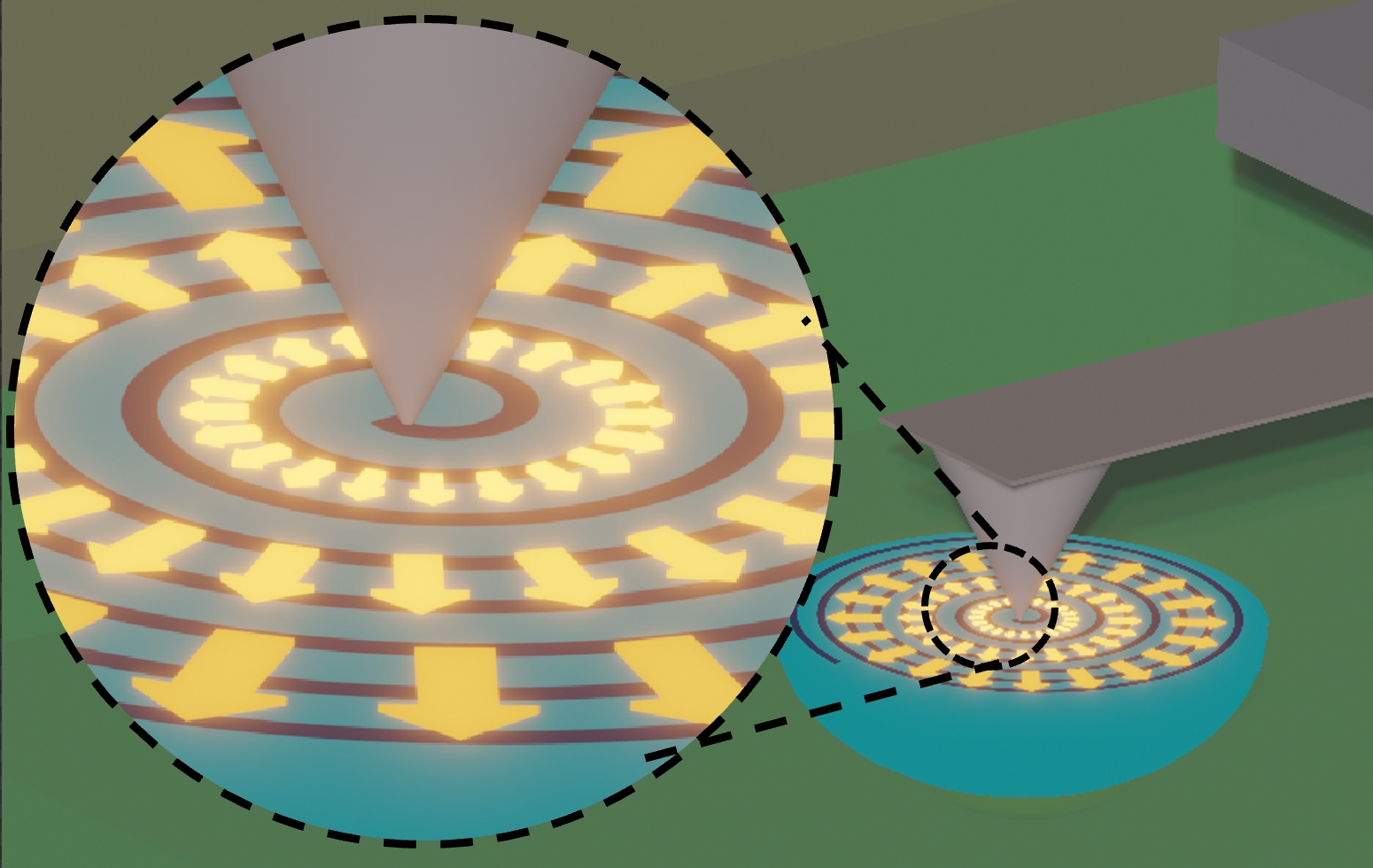
Nanoscale method boosts materials for advanced memory storage
Next-generation technologies, such as leading-edge memory storage solutions and brain-inspired neuromorphic computing systems, could touch nearly every aspect of our lives — from the gadgets we use daily to the solutions for major global challenges.

Thermal effects in spintronics systematically assessed for first time
A new experimental technique, reported by researchers at the University of Illinois Urbana-Champaign in the journal APL Materials, directly measures heating in spintronic devices, allowing direct comparison to other effects.
Coatings manufacturer and ORNL partner Flexcon licenses self-healing film technology
Flexcon Global has exclusively licensed two patented inventions to manufacture a self-healing barrier film from the Department of Energy’s Oak Ridge National Laboratory for research and development purposes. The film can be incorporated into vacuum insulation panels to increase the efficiency of buildings during retrofits.
Making Water from Air?” Global Water Shortage, A Solution in Sight Portable System That Harvests Water from Air Developed First Development in Korea
The research team led by Director Dr. Hyuneui Lim of the Korea Institute of Machinery and Materials (KIMM) is planning to commercialize a three-kilogram water harvester, to which its independently developed “portable moisture-harvesting system” has been applied.
Innovation Crossroads welcomes seven entrepreneurs for Cohort 2024
Seven entrepreneurs comprise the next cohort of Innovation Crossroads, a Department of Energy Lab-Embedded Entrepreneurship Program node based at Oak Ridge National Laboratory. The program provides energy-related startup founders from across the nation with access to ORNL’s unique scientific resources and capabilities.
Optimization of a syngas-fueled SOFC-based multigeneration system: Enhanced performance with biomass and gasification agent selection
Abstract In light of abundant sources of biomass feedstocks and regarding the higher performance in syngas-fueled-based SOFC systems, this work proposes a novel multigeneration system based on the combination of syngas-fuel SOFC, Kalina cycle, humidification-dehumidification desalination unit, and proton exchange…
Cool new research promises a greener future for supermarkets
University of South Australia researchers have worked with industry to build a world-first, energy-efficient refrigeration system that could revolutionise how we cool supermarkets, hospitals, abattoirs and other systems.
3D-printed polylactic acid-microencapsulated phase change material composites for building thermal management
Abstract The integration of phase change materials (PCM) into architectural elements is an emerging strategy to enhance thermal energy storage in modern buildings. This research examines 3D-printed polylactic acid structures incorporated with microencapsulated PCM, targeting a more efficient thermoregulation in…
Energy saving and economic competitiveness of solar desiccant cooling technology – A case study of the Moroccan Kingdom
Abstract As many countries in the world, Morocco is vulnerable to climate change having direct impacts on its main economic sectors highly dependent on natural resources. This is exemplified, among other things, by long periods of drought, increase of average…
Experimental and numerical investigation on H2-fueled micro-thermophotovoltaic with CH4 and C3H8 blending in a tube fully/partially inserted porous media
Abstract Energy conversion and utilization of micro-thermophotovoltaic (TPV) system are limited by the micro-combustor, so the stepped tube inserted with porous media (PM) is proposed for H2-powered systems with blending CH4 or C3H8. Effects of blended CH4 and C3H8 on the H2/air combustion…
New Technique Lets Scientists Create Resistance-Free Electron Channels
Researchers have taken the first atomic-resolution images and demonstrated electrical control of a chiral interface state – an exotic quantum phenomenon that could help researchers advance quantum computing and energy-efficient electronics.
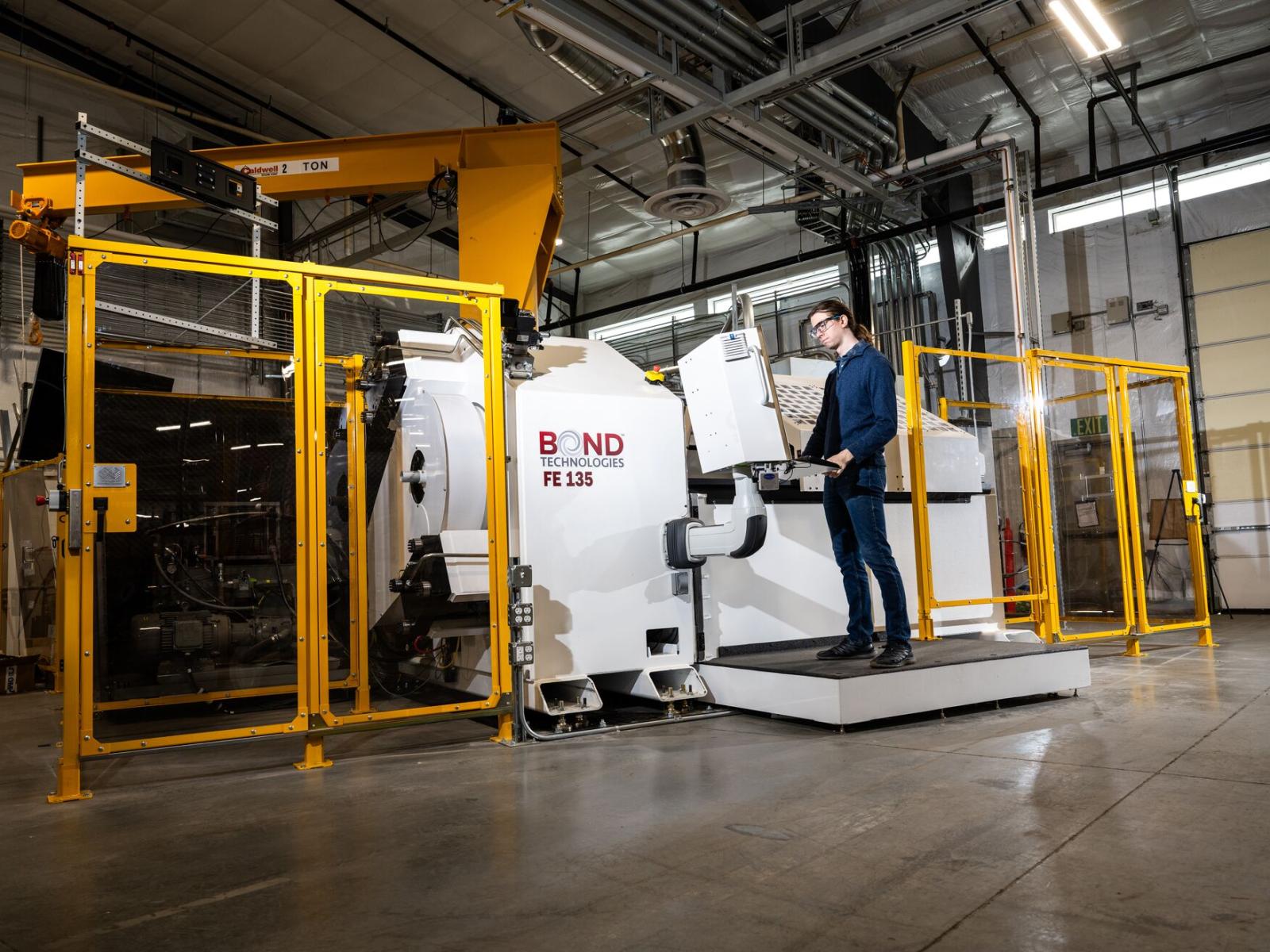
Next-Generation ShAPE™ Metal Extrusion Arrives
The next-generation ShAPE machine has arrived at PNNL, where it will help prove the mettle of the ShAPE extrusion technique. ShAPE 2 is designed to allow researchers to produce larger, more complex extrusions.
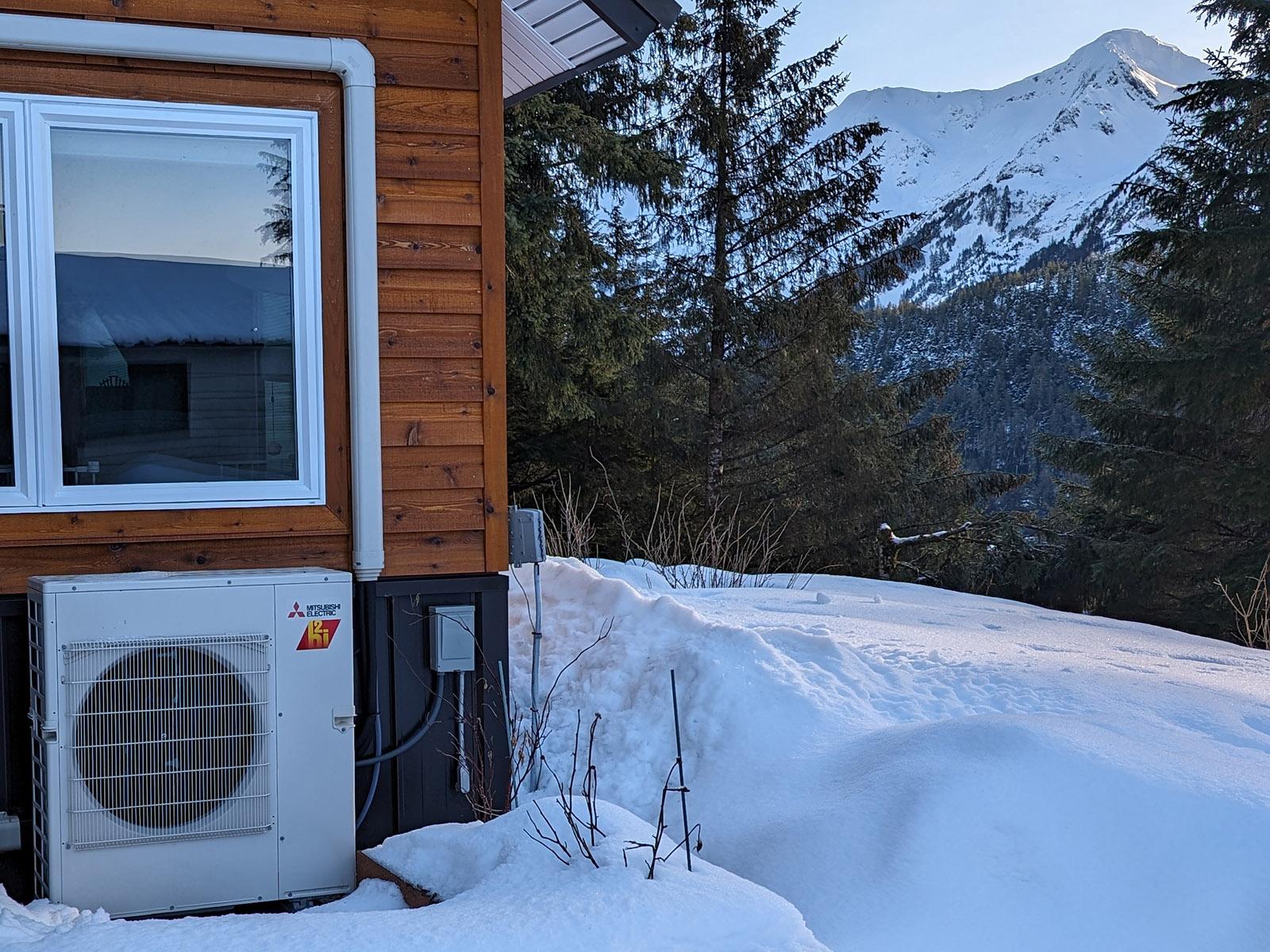
North to Alaska: Project Tests Electrification Concepts
Researchers from PNNL have been assessing installation and use of electric heat pumps in an Alaskan community that relies on fuel oil for heat. The resulting information could advance electrification in cold rural areas across the nation.

RPI Researchers Awarded $1.5M To Produce Hemp-Based Insulated Siding
Researchers from Rensselaer Polytechnic Institute (RPI) will use hemp to develop a commercially viable, durable, and low-embodied-carbon insulated siding product to address what the U.S. Green Building Council says is a “crucial need for building retrofits to improve energy efficiency and reduce carbon emissions.”
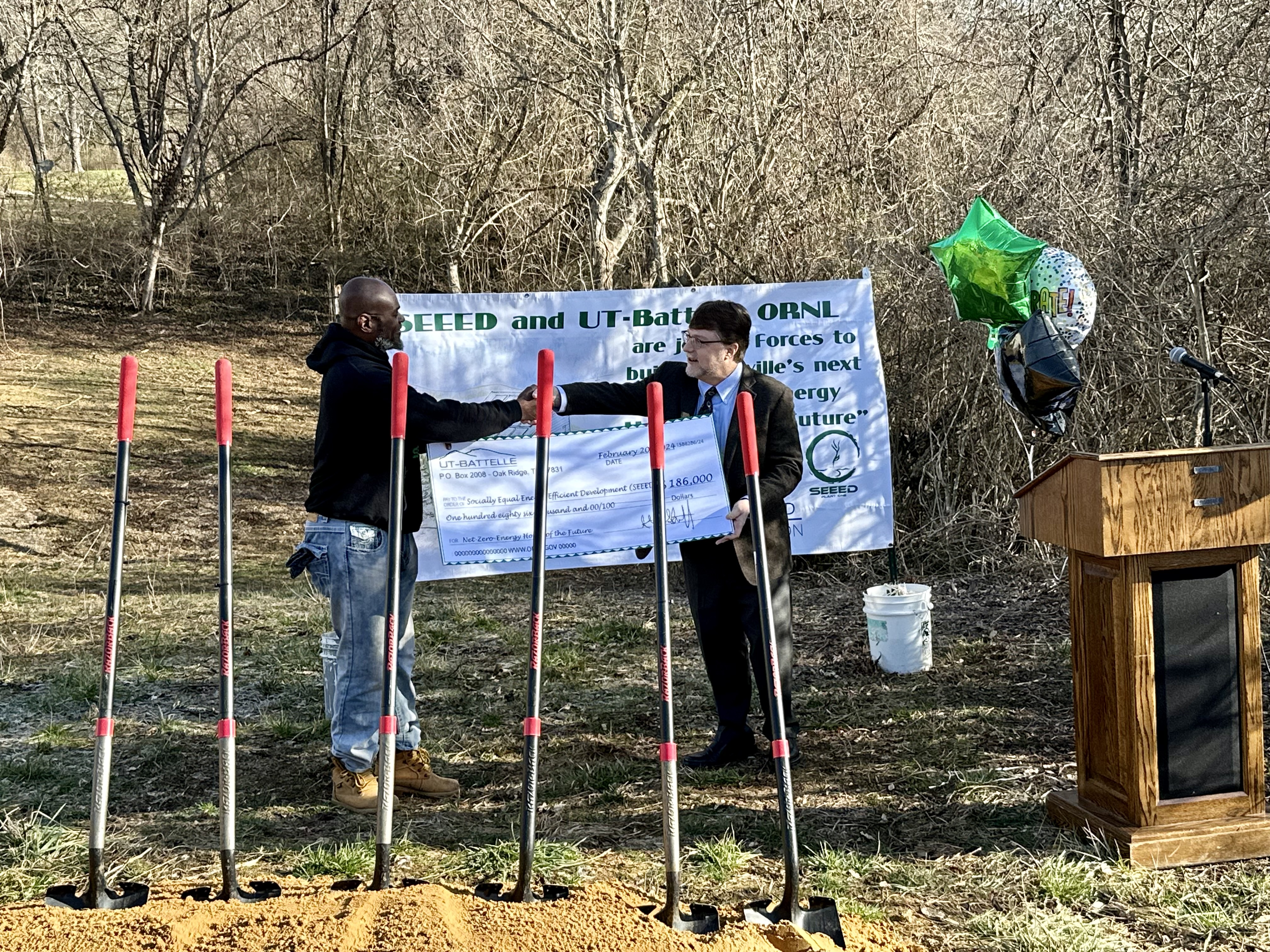
UT-Battelle donates $186,000 to support SEEED’s green construction program
Oak Ridge National Laboratory’s managing contractor, UT-Battelle, presented a donation of $186,000 to Socially Equal Energy Efficient Development, or SEEED, to support the nonprofit’s third green solar home as part of their Green Construction Program.
Conversion process turns greenhouse gas into ethylene
Engineers at the University of Cincinnati created a more efficient way of converting carbon dioxide into valuable products while simultaneously addressing climate change.
How to Prepare your Home for Summer Heat Waves
From covering windows and planting trees, to upgrading your air conditioning system—PNNL scientists offer tips to keep your home cool in extreme heat
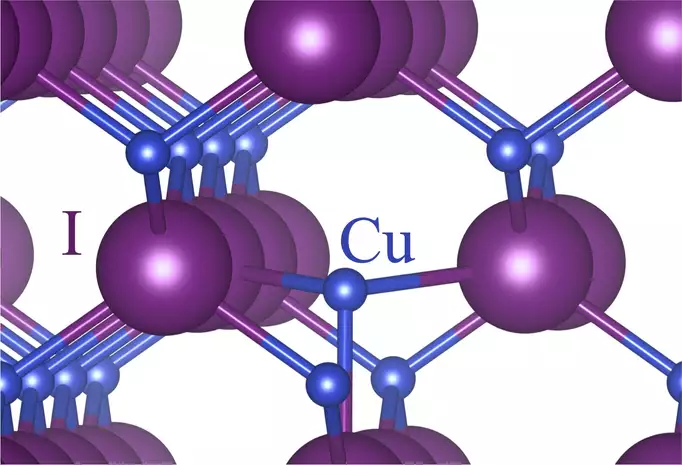
When all details matter — Heat transport in energy materials
The NOMAD Laboratory researchers have recently elucidated on fundamental microscopic mechanisms that offer to tailor materials for heat insulation. This development advances the ongoing efforts to enhance energy efficiency and sustainability.
Researchers tune thermal conductivity of materials ‘on the fly’ for more energy-efficient devices
A team led by University of Minnesota Twin Cities researchers discovered a new method for tuning the thermal conductivity of materials, achieving a record-high range of tunability that will open a door to developing more energy-efficient and durable electronic devices.
Q&A: How to make computing more sustainable
SLAC researcher Sadasivan Shankar talks about a new environmental effort starting at the lab – building a roadmap that will help researchers improve the energy efficiency of computing, from devices like cellphones to artificial intelligence.
Study Sheds Light on Residential Energy Use
Now that the U.S. Senate has passed the Inflation Reduction Act—expected to provide homeowners with access to thousands of dollars in cash incentives for new hot water heaters, HVAC, insulation, and other enhancements—a spotlight has been cast on the residential energy…
Pacific Northwest National Laboratory Plans Transition to Net-Zero Greenhouse Gas Emissions
PNNL will demonstrate how new technologies, innovative approaches and partnering with others can lead to net-zero emissions and decarbonization of operations.
U.S. Department of Energy Announces $54 Million to Increase Energy Efficiency in Microelectronics Technologies
The U.S. Department of Energy (DOE) announced nearly $54 million for 10 new projects led by DOE’s National Laboratories to increase energy efficiency in microelectronics design and production.
Waste to Energy: Biofuel from Kelp Harvesting and Fish
Using existing fish processing plants, kelp and fish waste can be converted to a diesel-like fuel to power generators or fishing boats in remote, coastal Alaska.
How Managing Building Energy Demand Can Aid the Clean Energy Transition
A comprehensive new study led by researchers from the Department of Energy’s Lawrence Berkeley National Laboratory (Berkeley Lab) quantifies what can be done to make buildings more energy efficient and flexible in granular detail by both time (including time of day and year) and space (looking at regions across the U.S.). The research team found that maximizing the deployment of building demand management technologies could avoid the need for up to one-third of coal- or gas-fired power generation.
Energy Technologies Move Closer to Commercial Use
Federal and industry-matched funding will move 11 PNNL technologies closer to commercialization where they will help bolster U.S. competitiveness.
Story tips: Un-Earthly ice, buildings in the loop, batteries unbound and 3D printing for geothermal
ORNL story tips: Un-Earthly ice, buildings in the loop, batteries unbound and 3D printing for geothermal
A new ‘gold standard’ compound for generating electricity from heat
Researchers show in a new study that a single material, a layered crystal consisting of the elements rhenium and silicon, turns out to be the gold standard of transverse thermoelectric devices.
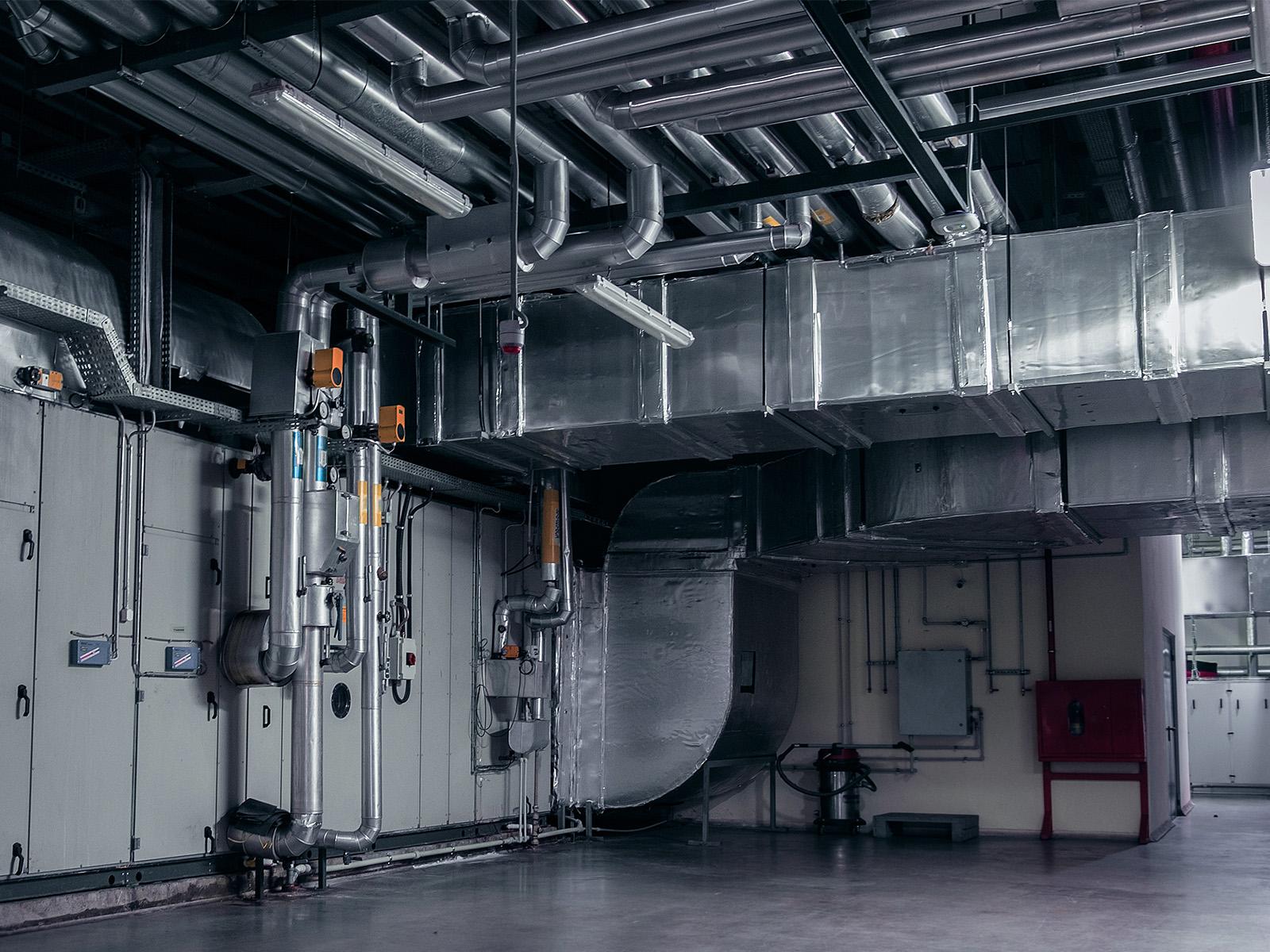
Washington Includes Novel Efficiency Metric in State Energy Code
An HVAC system energy efficiency analysis method developed by PNNL is now included in the Washington State Energy Code.
Less is More: Berkeley Lab Breaks New Ground in Data Center Optimization
Lawrence Berkeley National Laboratory’s decades of leadership in designing & enhancing energy-efficient data centers is being applied to NERSC supercomputing resources through a collaboration that’s using operational data analytics to optimize cooling systems & save electricity.
Fighting climate change at the sink: A guide to greener dishwashing
If you’re an environmentally conscious consumer, you’ve probably heard that today’s highly efficient dishwashers use less energy and water than traditional hand-washing techniques.
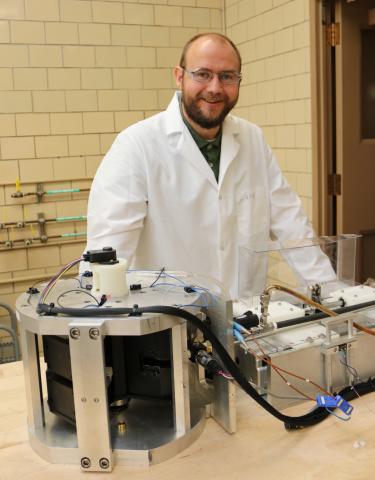
Ames Lab’s testing device speeds the way to new refrigeration technology
The U.S. Department of Energy’s Ames Laboratory is employing a testing device that pairs materials science with engineering systems development. Called CaloriSMART (Caloric Small-scale Modular Advanced Research Test-stand), the one-of-a-kind system is being used to rapidly test new materials that might eventually be part of an entirely new kind of refrigeration technology.
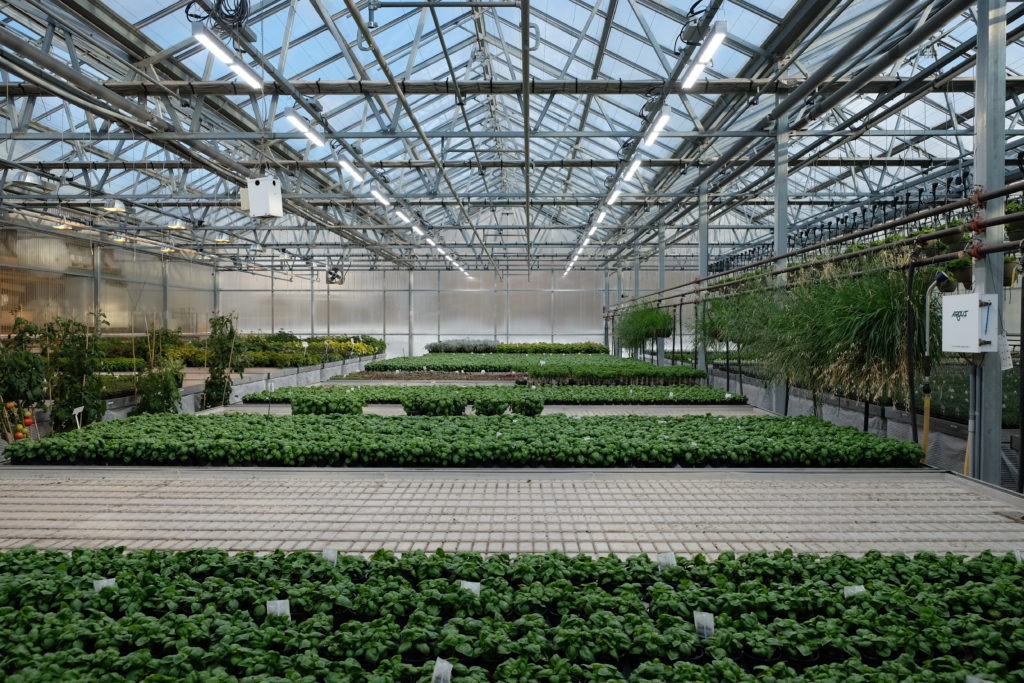
LED Lighting in Greenhouses Helps But Standards are Needed
While LED lighting can enhance plant growth in greenhouses, standards are needed to determine the optimal intensity and colors of light, according to Rutgers research that could help improve the energy efficiency of horticultural lighting products.
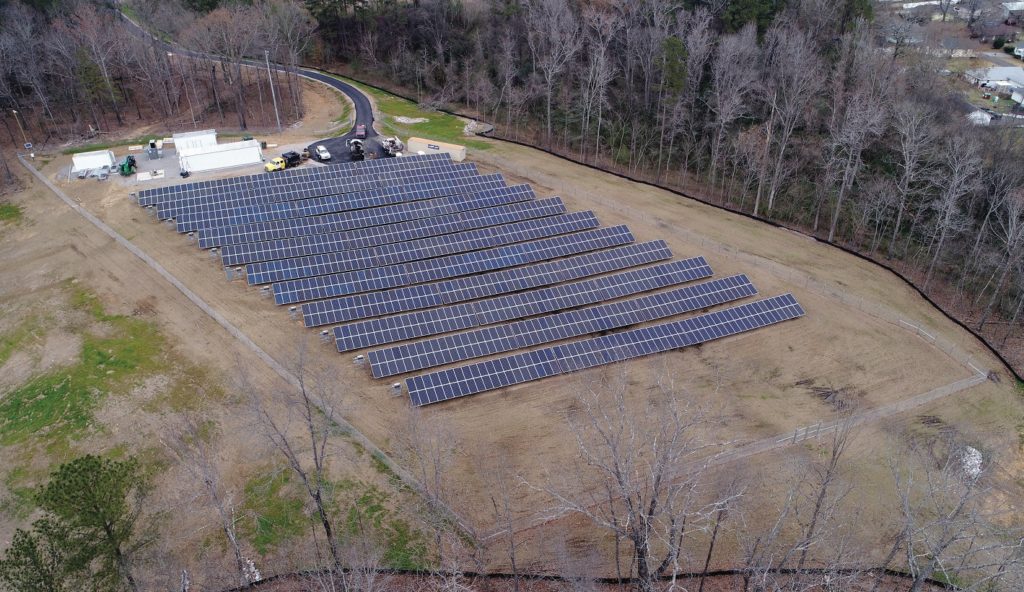
Story Tips: Weather days, grid balance and scaling reactors
From the Department of Energy’s Oak Ridge National Laboratory, January 2020
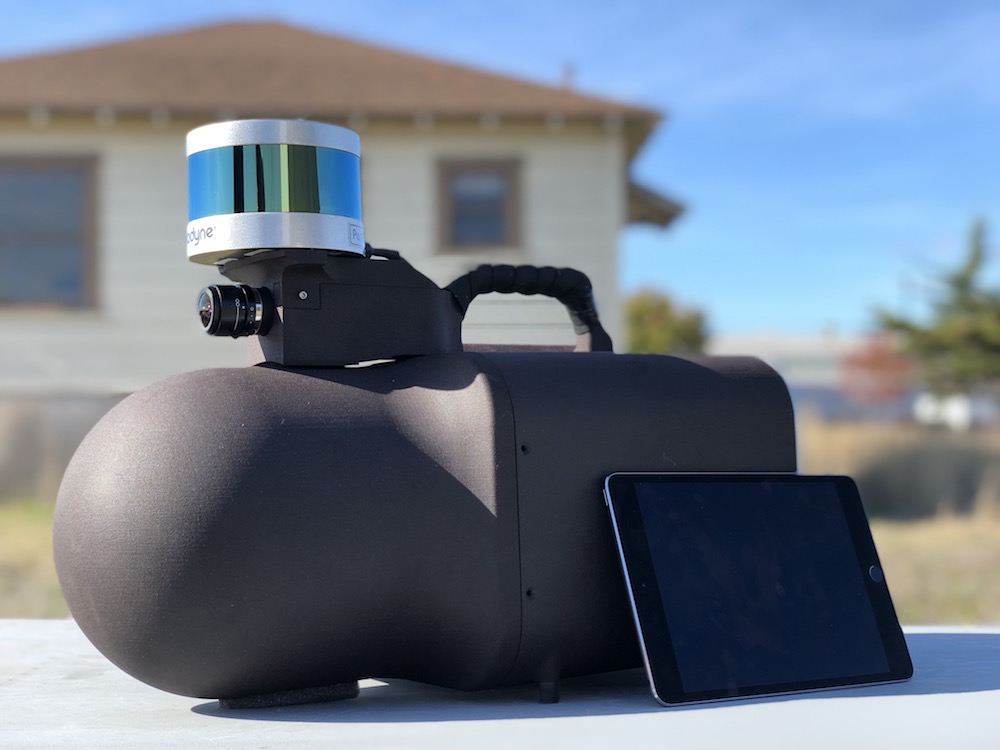
Berkeley Lab Innovations Recognized With 3 R&D 100 Awards
Cutting-edge technologies from Lawrence Berkeley National Laboratory (Berkeley Lab) to detect radiation, make buildings more energy efficient, and accelerate neuroscience research were honored with R&D 100 Awards by R&D World magazine.
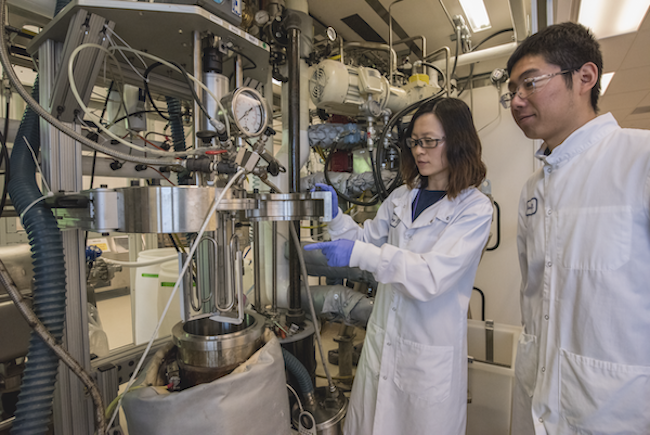
Science Snapshots – Waste to fuel, moiré superlattices, mining cellphones for energy data
Science Snapshots – Waste to fuel, moiré superlattices, mining cellphones for energy data
Rutgers Expert Can Discuss Flame Experiments on International Space Station
New Brunswick, N.J. (Sept. 19, 2019) – Rutgers University–New Brunswick Engineering Professor Stephen D. Tse can comment on flame experiments this month on the International Space Station. The NASA project on symmetrical flames, called s-Flame, is aimed at studying combustion,…
Defrosting Surfaces in Seconds
Researchers have developed a way to remove ice and frost from surfaces extremely efficiently, using less than 1% of the energy and less than 0.01% of the time needed for traditional defrosting methods. Instead of conventional defrosting, which melts all the ice or frost from the top layer down